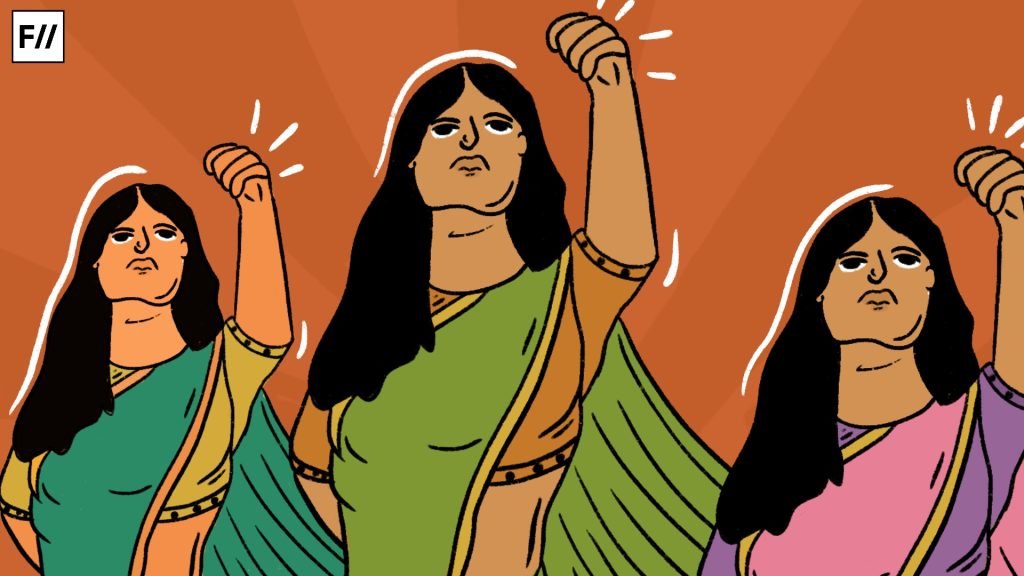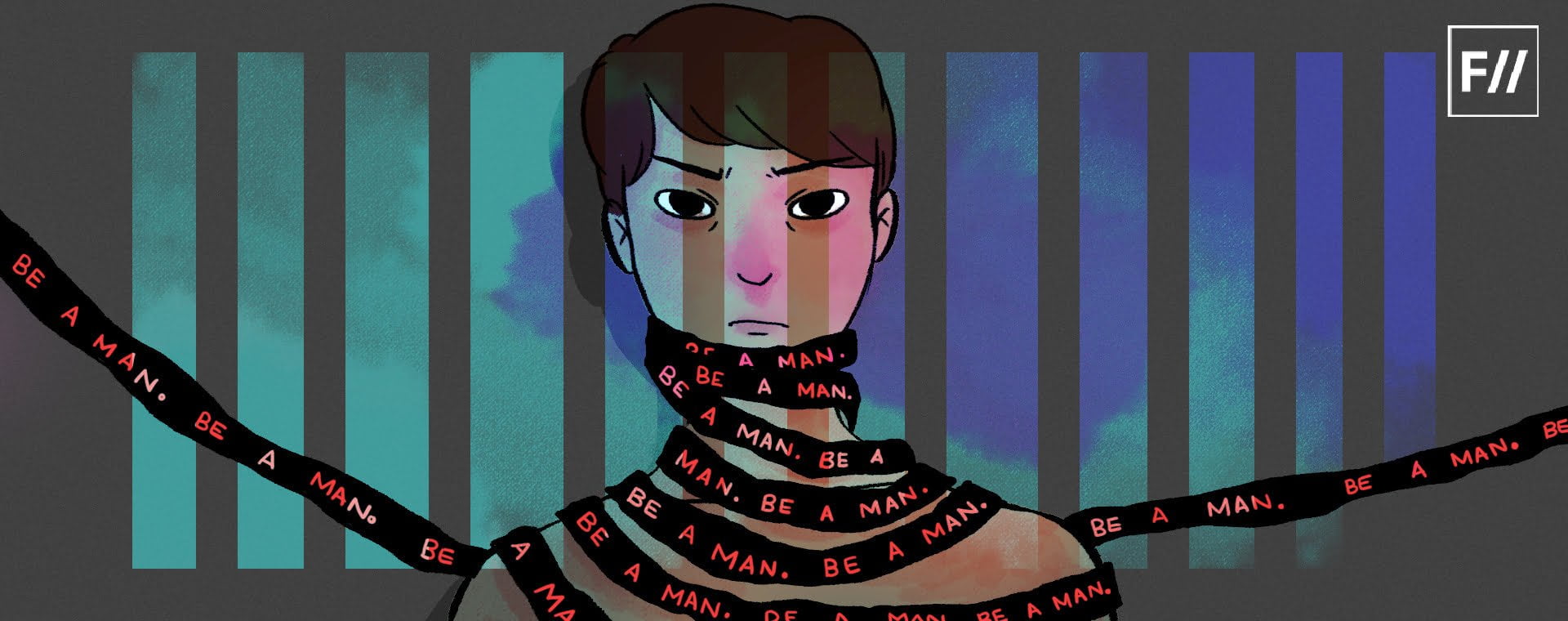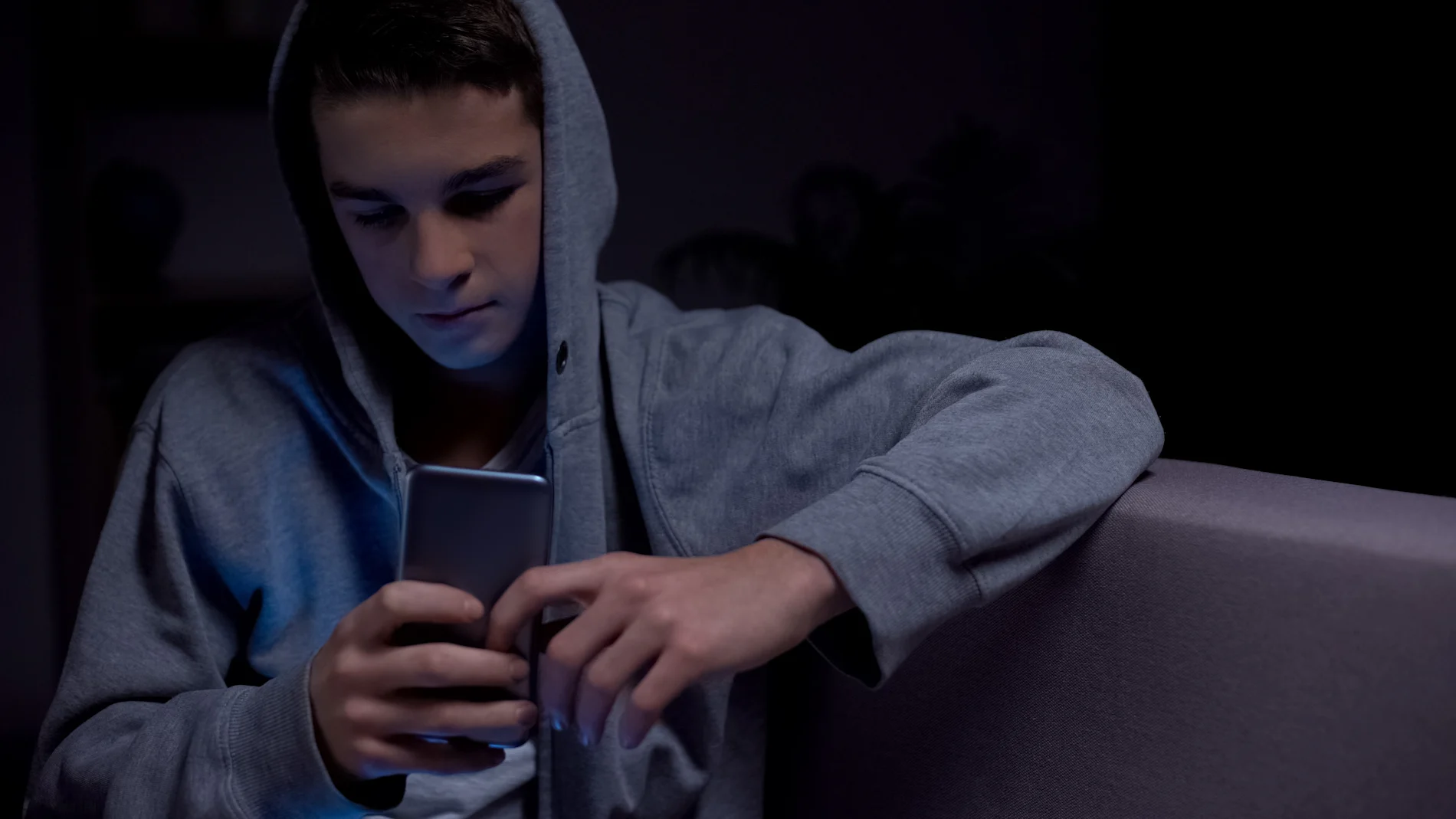“In the average European oil painting of the nude, the principal protagonist is never painted. He is the spectator in front of the picture and he is presumed to be a man. Everything is addressed to him. Everything must appear to be the result of his being there. It is for him that the figures have assumed their nudity. But he, by definition, is a stranger — with his clothes still on.”
— John Berger, Chapter 3, Ways of Seeing
The male gaze refers to a patriarchal perspective that sexualises and devalues women. The concept first emerged in Laura Mulvey’s groundbreaking psychoanalytic and feminist essay “Visual Pleasure and Narrative Cinema” (1975). Borrowing the idea of the male, heterosexual spectator theorised in John Berger’s Ways of Seeing (1972), Mulvey’s essay introduced the concept of the ‘male gaze,’ in the context of mainstream cinema. She draws on Sigmund Freud’s psychoanalytic theory of ‘scopophilia,’ or pleasure derived from looking to theorise how different aspects of cinema — such as the camera, the male characters as well as the audience of the film — objectify the female subjects on the screen.
Male gaze, in simple terms, is the gaze that gives precedence to male pleasure and spectatorship at the expense of women and non-conforming identities. This gaze normalises the codification of women’s bodies to suit the dominant patriarchal discourse of erotic appeal and pleasure.
Feminist scholars have employed the concept of the male gaze to problematise the ways in which this gaze strips women of any power or agency over their bodies or means of self-expression. This gaze is not limited to the heterosexual man but is often an internalised phenomenon through which women view themselves.
The internalised male gaze
The male gaze serves an important function in a patriarchal society as it defines and regulates who has the power to set the norm. It ensures the survival of heteronormative and sexist notions. Berger in Ways of Seeing postulates how women internalise this gaze and thereby split themselves in two — where the one gazed at is female and the surveyor is male. This internalised gaze makes it difficult to understand the extent of freedom women exercise while making a choice.

The intersection of capitalism, technology and patriarchy has resulted in a steady rise in self-commodification. For instance, the social media trend of dressing up according to the ‘coquette,’ aesthetic adheres to the patriarchal ideal of ‘femininity,’ — one that is defined by pastel colours, laces and bows. Similarly, the ‘trad wife,’ (neologism for traditional homemaker) trend advocates for the preservation of and regression to patriarchal sex roles in the garb of ‘free choice.’ The ‘making lunch for my husband,’ social media reels further have damaging consequences. Such vlogs not only cater to the internalised ‘male gaze,’ but also influence young women to assume traditionally assigned roles within the domestic space.
Another grey area is the social media trend of young girls posting hyper-sexualised images of themselves. Body and face filters further complicate the situation by creating unrealistic aesthetic ideals of ‘femininity.’ Though defended in the name of ‘free choice,’ it is equally important to be aware of the overarching and inescapable patriarchal contexts which influence women’s self-expression.
On a more everyday level, women in India experience the ‘male gaze,’ from their mothers, sisters and neighbourhood ‘aunties.’ Be it a discussion about the length of their hair or skirts, the ‘too much,’ or ‘too little,’ make-up, or ability or inability to cook — everything a woman does or does not do is always placed under the microscope. Reiterating their patriarchal learning, women’s gaze of scrutiny is inevitably turned towards themselves or other women.
21st-century manifestations of the male gaze
The male gaze has a pervasive presence within contemporary media. Films like Sandeep Reddy Vanga’s Animal (2023) and Kabir Singh (2019) exemplify a concerning display of objectification of the woman character, who merely exists as a prop. The hyper-masculine male lead caters to a heteronormative male viewership, with the motive of setting trends on the ‘correct,’ form of ‘masculinity,’ that ‘real,’ men should embrace. Indirectly, these movies tell their male audience that if they are not heterosexual, violent or abusive, they are not men. This misogynist ideation is furthered by their poorly envisioned and impractical female leads.
One of the dialogues written for Rashmika Mandanna’s character (Geetanjali) in Animal, for instance, clearly reveals that she is a confluence of male fantasies, “Amma, he is like my gynaecologist. He knows me in and out. He is my father, mother, brother, boyfriend, husband, everything.” With a character like Geetanjali who ‘chooses,’ to stay ‘loyal,’ to her abusive, murdering, cheating and violent husband, the film-makers attempt to reinforce the ‘new woman,’ ideal — one that embraces the traditional domestic subservient role that more and more women are discarding within the contemporary society.
The sexist representations of women in video games and virtual reality (VR) result from the assumption that these platforms are utilised by heterosexual men. Technology is therefore moulded to cater to a heterosexual male audience. Virtual Assistants such as Apple’s Siri or Amazon’s Alexa are by default given female names and voices, ensuring that subservient roles are also played by virtual women. AI deepfakes (hyper-realistic fake videos) similarly are disproportionately used by men to create non-consensual pornographic content, to satiate the gaze. AI learns to reproduce patterns and behaviours from the datasets that are used to train its system. Technology and artificial intelligence therefore also replicate the patriarchal gaze while suggesting different sources to men or women based on existing societal biases and gender stereotypes.

When British colonisers first encountered paintings and idols of Goddess Kali, they were horror-struck by her untamed dishevelled hair, the skulls that garland her breasts and the expression of anger and revenge on her face. Kali’s image completely flouts all patriarchal expectations of ‘propriety,’ and therefore terrifies the male gaze. Perhaps it is such ideations that can challenge the dichotomous patriarchal categorisation of women as the ‘Madonna,’ or the ‘whore.’
Similarly, works produced or written by women can provide new lenses for investigation. The male gaze is primarily employed to ensure that women and non-conforming people remain confined to their socially codified boxes. The gaze is the heart of patriarchy – it controls and empowers its organs. It is only through a recognition of the patterns of internalisation and reproduction of the gaze that we can begin to understand the politics of seeing and being seen.
About the author(s)
Madhusmita Mukherjee (she/they) is a queer feminist writer and photographer from Assam who is passionate about advocating gender equality and social justice. She completed her postgraduation in English from the University of Delhi (2022-24). Her academic interest lies in gender studies, media memory and cultural studies. Her recent publication features in the Zubaan anthology Riverside Stories: Writings from Assam edited by Banamallika.





